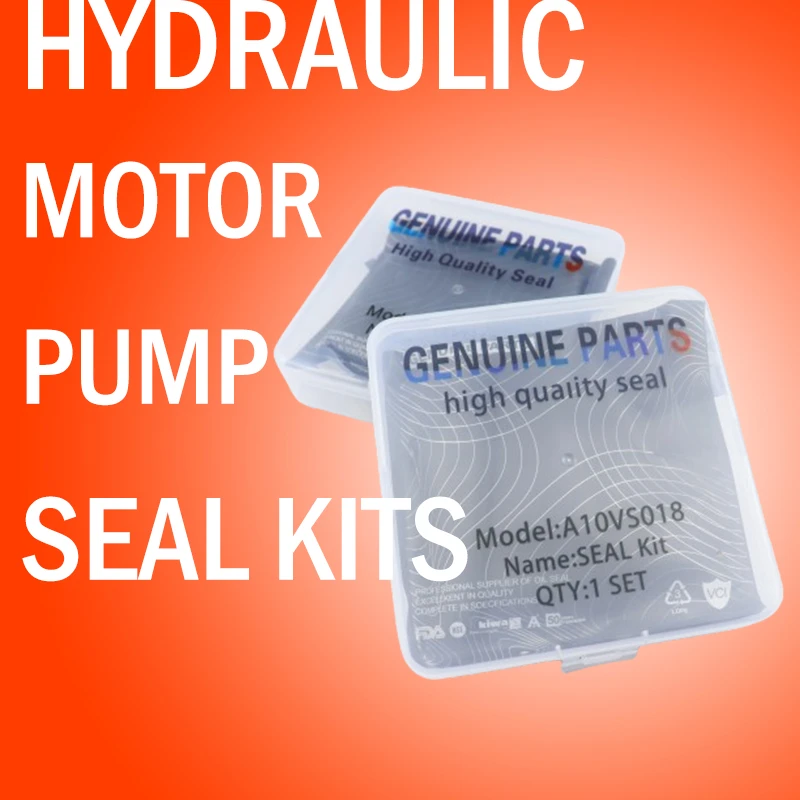nov . 27, 2024 05:49 Back to list
Understanding the Importance and Applications of Hydraulic Seals in Industrial Equipment
Understanding Hydraulic Seals Importance, Types, and Applications
Hydraulic seals are critical components in hydraulic systems, which utilize fluid under pressure to transmit power and control machinery. These seals ensure that the hydraulic fluid remains contained within the system, preventing leaks and maintaining the efficiency of the operation. The significance of hydraulic seals cannot be overstated; they play a vital role in the functionality, safety, and performance of hydraulic equipment used in various industries including construction, manufacturing, and automotive.
Function of Hydraulic Seals
The primary function of hydraulic seals is to provide a barrier that prevents the escape of hydraulic fluid while allowing the movement of rods or pistons. This enables the smooth operation of equipment such as hydraulic cylinders, pumps, and motors. Without effective sealing solutions, hydraulic systems would suffer from leaks, leading to decreased performance, increased maintenance costs, and potential equipment failure.
Types of Hydraulic Seals
There are several types of hydraulic seals, each designed for specific applications and operating conditions
. The most common types include1. O-Rings These are circular seals that fit into a groove and provide a tight seal on static or dynamic applications. O-rings are versatile, cost-effective, and are widely used in various industries.
2. U-Cups (or U-Seals) Designed for dynamic sealing applications, U-cups have a U-shaped profile that effectively seals against a moving rod. They are often used in pistons and hydraulic cylinders.
3. V-Rings These seals provide a flexible, self-adjusting seal. V-rings are primarily used in light-duty applications and can accommodate small misalignments and fluctuations in pressure.
hydraulic seal

4. Rod Seals These are specifically designed for sealing moving rods in hydraulic cylinders. They come in various profiles, including lip seals and piston seals, to suit different applications.
5. Piston Seals These seals are constructed to seal the area between a piston and cylinder wall. Piston seals can be single or double-acting, ensuring the efficient operation of the hydraulic system.
6. Flat Seals Used primarily in static applications, flat seals can withstand high pressure and temperature. They are often employed in flanged connections.
Choosing the right type of hydraulic seal depends on factors such as the operating pressure, temperature, fluid type, and environmental conditions.
Applications of Hydraulic Seals
Hydraulic seals are found in a wide range of applications across various industries. In the construction industry, they are integral to the operation of excavators, loaders, and cranes. In manufacturing, hydraulic seals ensure the efficient operation of machinery such as presses and injection molding machines. The automotive industry also relies on hydraulic seals for braking systems, power steering, and suspension systems.
In addition to these sectors, hydraulic seals are essential in aerospace, agriculture, and marine applications. The versatility and adaptability of hydraulic seals make them indispensable in modern engineering and technology.
Conclusion
In conclusion, hydraulic seals are a fundamental component of hydraulic systems, providing critical sealing solutions that ensure efficiency and reliability across a multitude of applications. Understanding the different types of hydraulic seals and their specific uses is essential for anyone involved in the design, maintenance, or operation of hydraulic equipment. As technology continues to advance, the development of new sealing materials and designs will further enhance the performance and durability of hydraulic seals, ensuring that they meet the increasingly demanding requirements of modern machinery and equipment. Investing in high-quality hydraulic seals is therefore an essential step toward ensuring the longevity and reliability of hydraulic systems in any industry.
-
TCN Oil Seal Metal Ring Reinforcement for Heavy Machinery
NewsJul.25,2025
-
Rotary Lip Seal Spring-Loaded Design for High-Speed Applications
NewsJul.25,2025
-
Hydraulic Cylinder Seals Polyurethane Material for High-Impact Jobs
NewsJul.25,2025
-
High Pressure Oil Seal Polyurethane Coating Wear Resistance
NewsJul.25,2025
-
Dust Proof Seal Double Lip Design for Construction Equipment
NewsJul.25,2025
-
Hub Seal Polyurethane Wear Resistance in Agricultural Vehicles
NewsJul.25,2025
-
The Trans-formative Journey of Wheel Hub Oil Seals
NewsJun.06,2025
Products categories
















